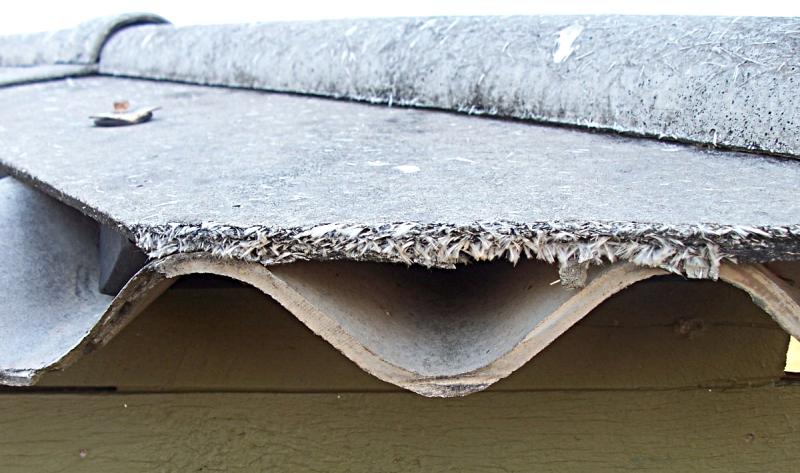
The dangers of asbestos has been highlighted after an inquest heard that a pig farmer died from years of exposure.
91-year-old Robert Seymour from Ringwood, Hampshire inhaled the dangerous material while building pig stys and roofs between 1958 and 1988.
He later developed malignant mesothelioma, a rare form of cancer that affects the thin lining of the body's internal organs.
He died in his home this year on August 13. Winchester Coroner’s Court heard that Mr Seymour worked on his parents farm, and then eventually working as a pig farmer on his own land.
Central Hampshire coroner Grahame Short recorded a conclusion of industrial disease.
Asbestos-related diseases are caused by breathing in asbestos fibres. These microscopic particles are released into the air when asbestos is disturbed or damaged. If inhaled, the fibres become trapped in the lungs and over long periods of time, can cause inflammation, scarring and disease.
There are 6 types of asbestos. White asbestos, also known as chrysotile, is the most common type found on farms.
How to spot white asbestos
White asbestos is light grey. Most farms carry out some building work, from dismantling and re-erecting entire buildings to dealing with asbestos. All such work involves risks and you must put proper controls into place.
You may find white asbestos...:
• mixed with blue or brown asbestos as pipe or boiler insulation
• in panels between wallboards
• in the brake linings of old vehicles
• in corrugated roofing and cladding
• in rainwater pipes and gutters
• Flaking or powdering on damaged or worn surfaces could be a sign that the material contains asbestos. This is known as asbestos containing material (ACM).
You may expose or disturb asbestos fibres when you:
• repair or replace mechanical parts, like clutch or brake linings on an old vehicle
• remove or work on hot water systems with insulated pipes or boilers
• drill or saw roof or wall panels, for example if you rewire or install fans or heaters
• demolish buildings, roofs or walls built before 2000
• drill, cut or break asbestos cement
